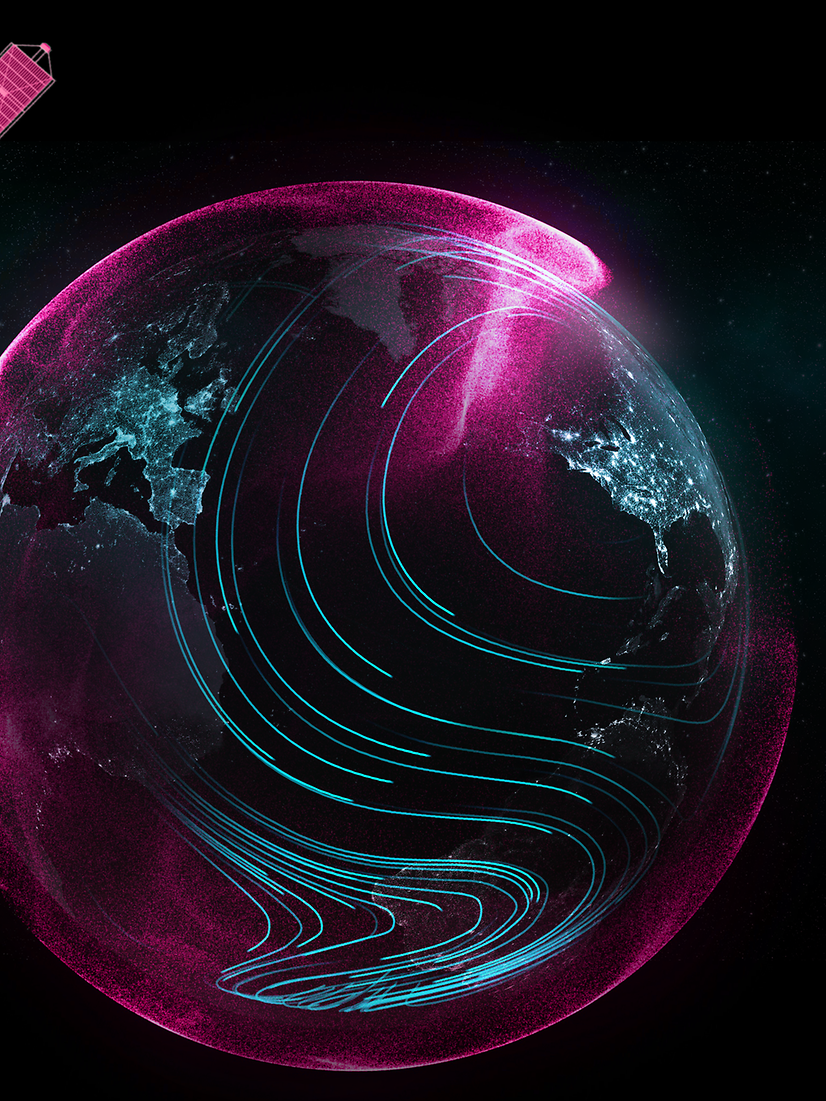Transparent supply chains: How digitalisation and new laws are the key to success
Supply chain transparency is a crucial success factor today. Given complex risks and new laws (like the Supply Chain Due Diligence Act), companies must track their supply chains seamlessly. Telekom's IoT solutions provide the technological foundation for this: Through intelligent connectivity, sensor technology, and data analytics, they enable real-time visibility and control. Learn more in this article.



